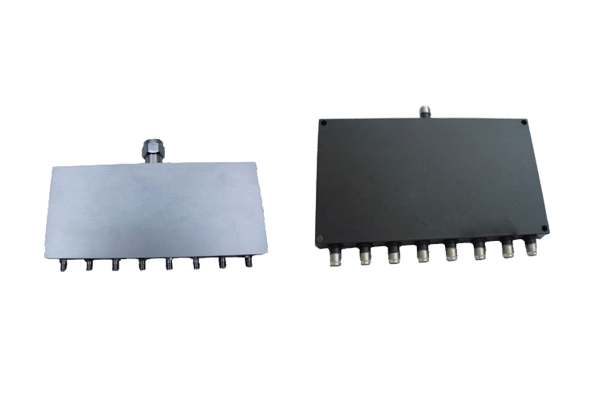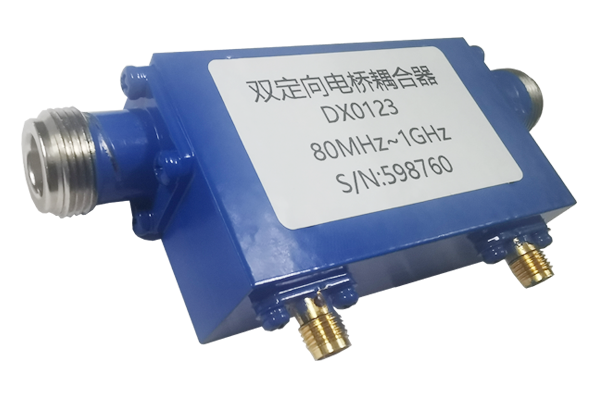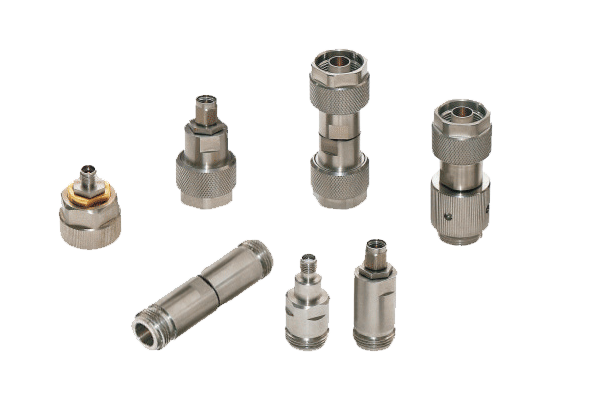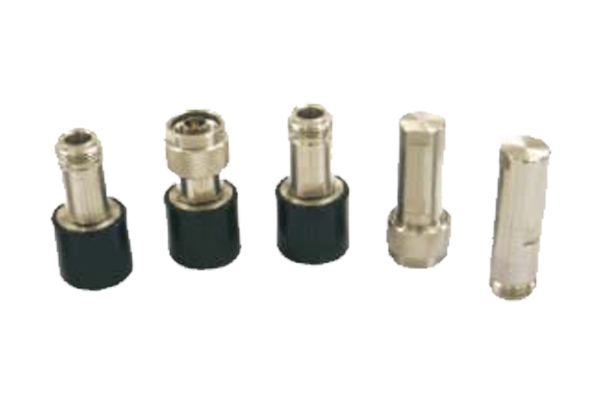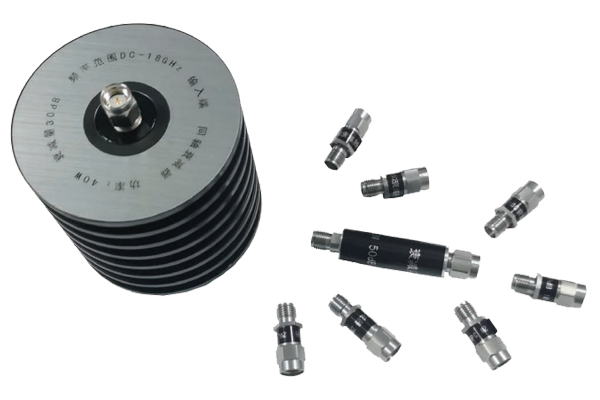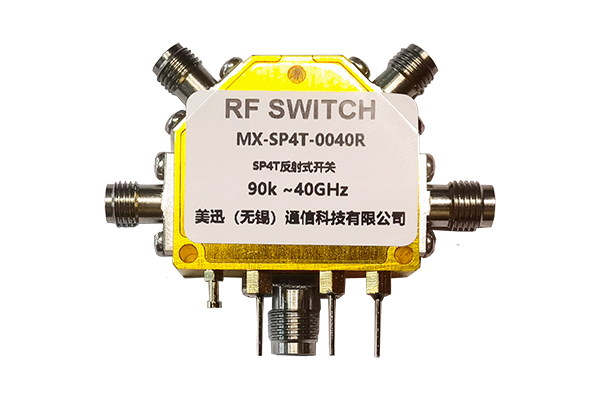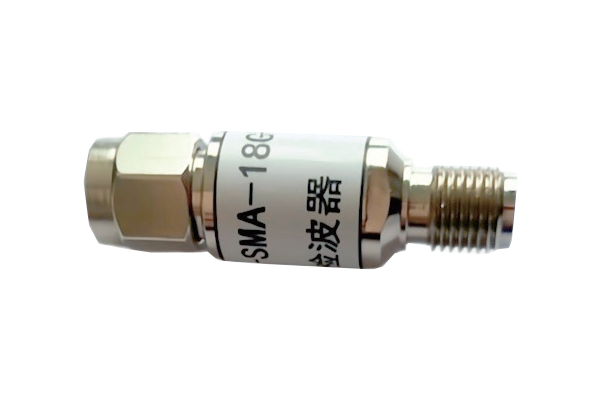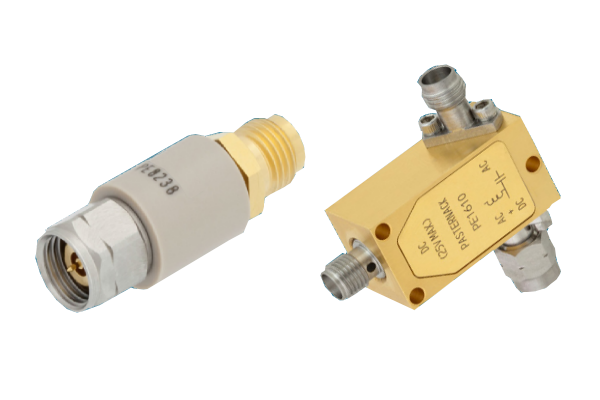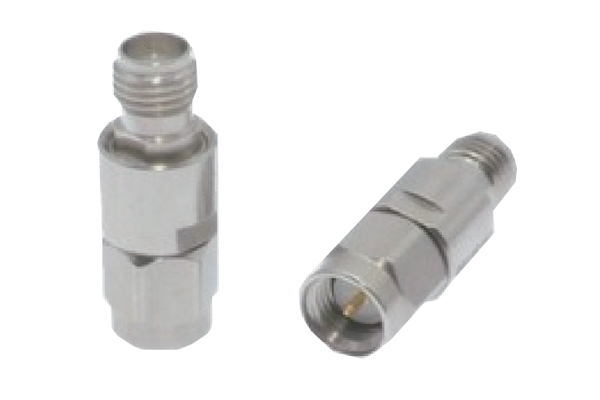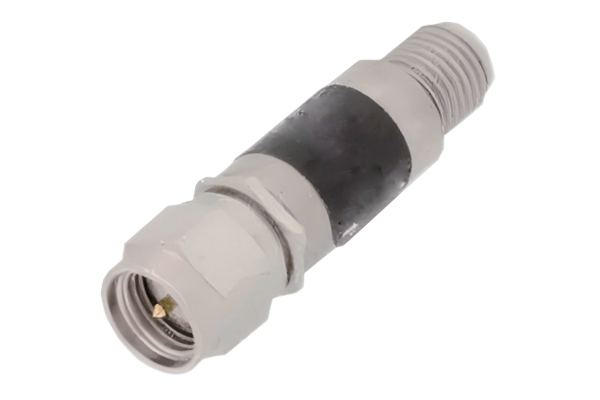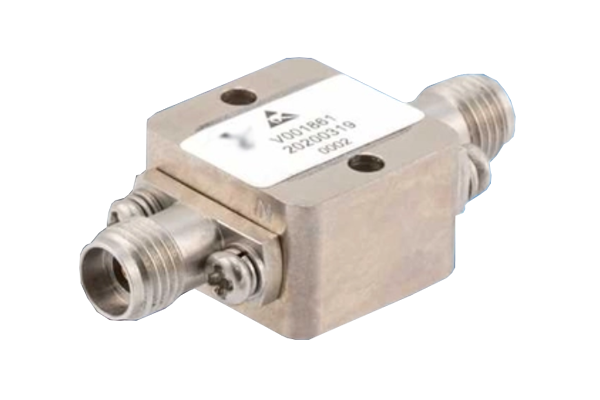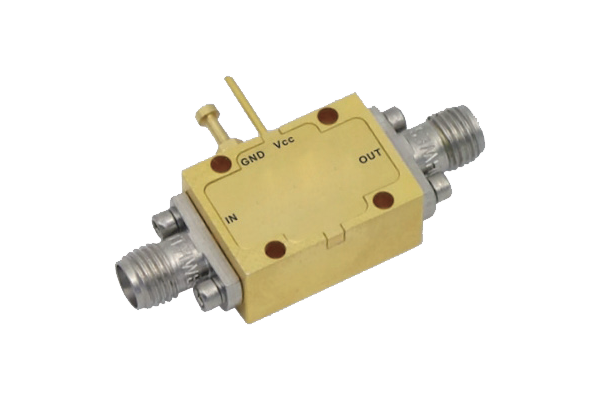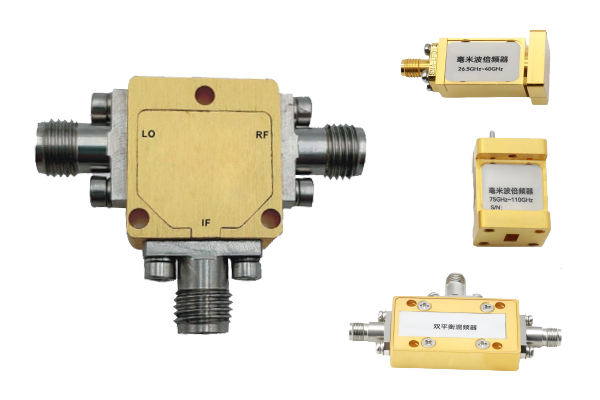How is the power capacity of a high power coupler determined
High Power Coupler Capacity Factors
1. Design Parameters and Electrical Limits
- Power capacity determined by conductor cross-sectional area to prevent ohmic heating
- Dielectric breakdown voltage of insulating materials establishes voltage limits
- Structural calculations based on waveguide dimensions, microstrip width, or coaxial gauge
- Critical impedance matching prevents reflected power and internal stress
- Operating frequency influences capacity through additional loss mechanisms
Key Consideration
Maximum voltage and current ratings are interdependent - exceeding one parameter often reduces the other's safe operating limit due to thermal interactions.
2. Material Performance Under Stress
- High-conductivity metals (copper, silver) minimize resistive heating
- Dielectrics require high breakdown strength and low loss tangents
- Ceramic/PTFE materials preferred for stability under high power
- Thermal conductivity enables efficient heat dissipation
- Protective coatings (gold plating) maintain long-term conductivity
3. Thermal Management Capabilities
- Cooling systems: heat sinks, thermal vias, liquid channels
- Even heat distribution prevents localized material degradation
- Thermal simulations verify no components exceed rated temperatures
- Critical thresholds: solder melting points, dielectric glass transitions
- Ambient temperature affects practical power limits through derating
Design Insight
Thermal management often becomes the limiting factor before pure electrical breakdown occurs, making heat dissipation optimization crucial for maximum power capacity.
4. Testing and Compliance Standards
- Gradual high-power stress testing to identify failure points
- Compliance with IEC, MIL-STD ensures reliability benchmarks
- Long-term operation tests at rated power levels
- Simulation of real-world scenarios (radar pulses, 5G peaks)
- Final ratings include safety margins below tested limits





